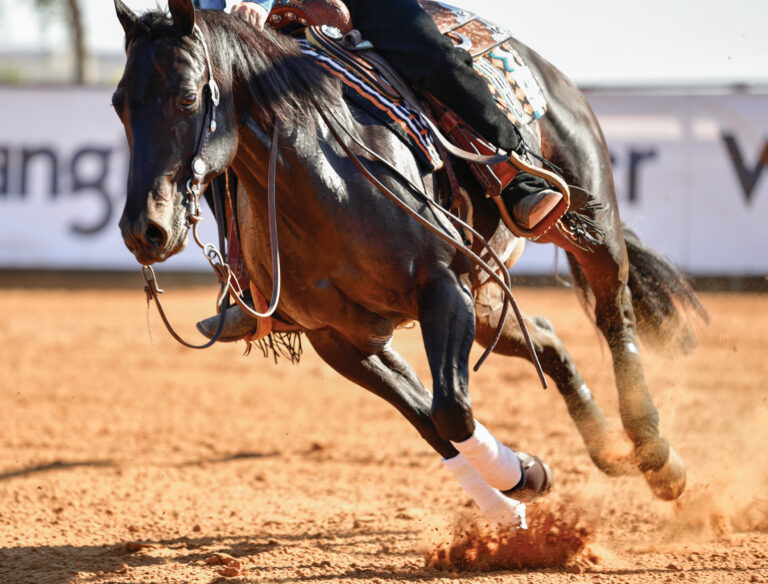When your horse has an elevated temperature it is often a sign of infection or illness and is a cause for concern. However, there are other reasons a horse might show an elevated temperature, so there’s no need to panic right away. Exercise can cause a normal rise in your horse’s temperature—to as high as 106 degrees F. It can take up to two hours to return to baseline (usually 99 to 101.5 F). To determine if a temperature is elevated because of exercise or illness, check at 15-minute intervals.
[READ MORE: WHAT TO DO WHEN YOUR HORSE HAS A PUNCTURE WOUND]
We’ve put together the steps you should be following to take your horse’s temperature so you know that you’re getting an accurate reading.
To take your horse’s temperature accurately, follow these steps:
1. Shake down a glass thermometer (available through feed or tack stores, with a loop at one end for a string and a clip) or activate an electronic thermometer.
2. Lubricate the tip with a dab of K-Y or petroleum jelly. Lift your horse’s tail and gently insert the thermometer into his anus, to a depth of 2 inches (stand to the side for safety).
3. With the heel of your hand resting against his buttock for stability, hold the thermometer in place. Release his tail if he fusses. (Some horses will stand better if their tails are free).

Photo by Jillian Sinclair
4. Don’t leave a rectal thermometer unattended, even if you’re using a safety string and clip. He could rub his hindquarters and break the thermometer, risking injury and/or exposure to poisonous mercury. Stay with your horse and hold the end of the thermometer constantly. It takes about two minutes for a glass thermometer to register, and about 30 seconds for an electronic one (wait for the beep).


![[Aggregator] Downloaded image for imported item #35942](https://s3.amazonaws.com/wp-s3-horseandrider.com/wp-content/uploads/2025/10/20105738/EDCC-Unbranded-14-300x200-1.jpeg)

